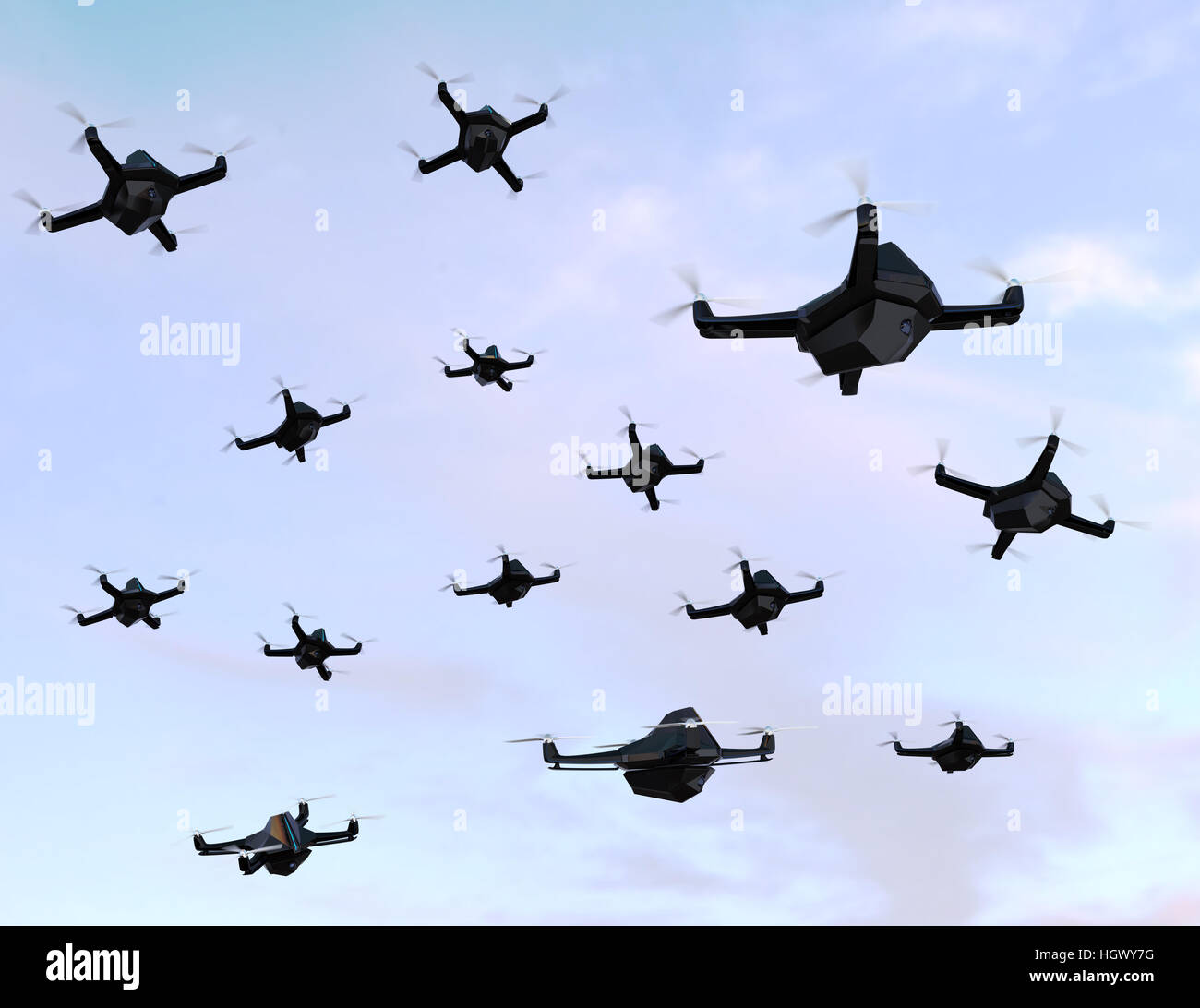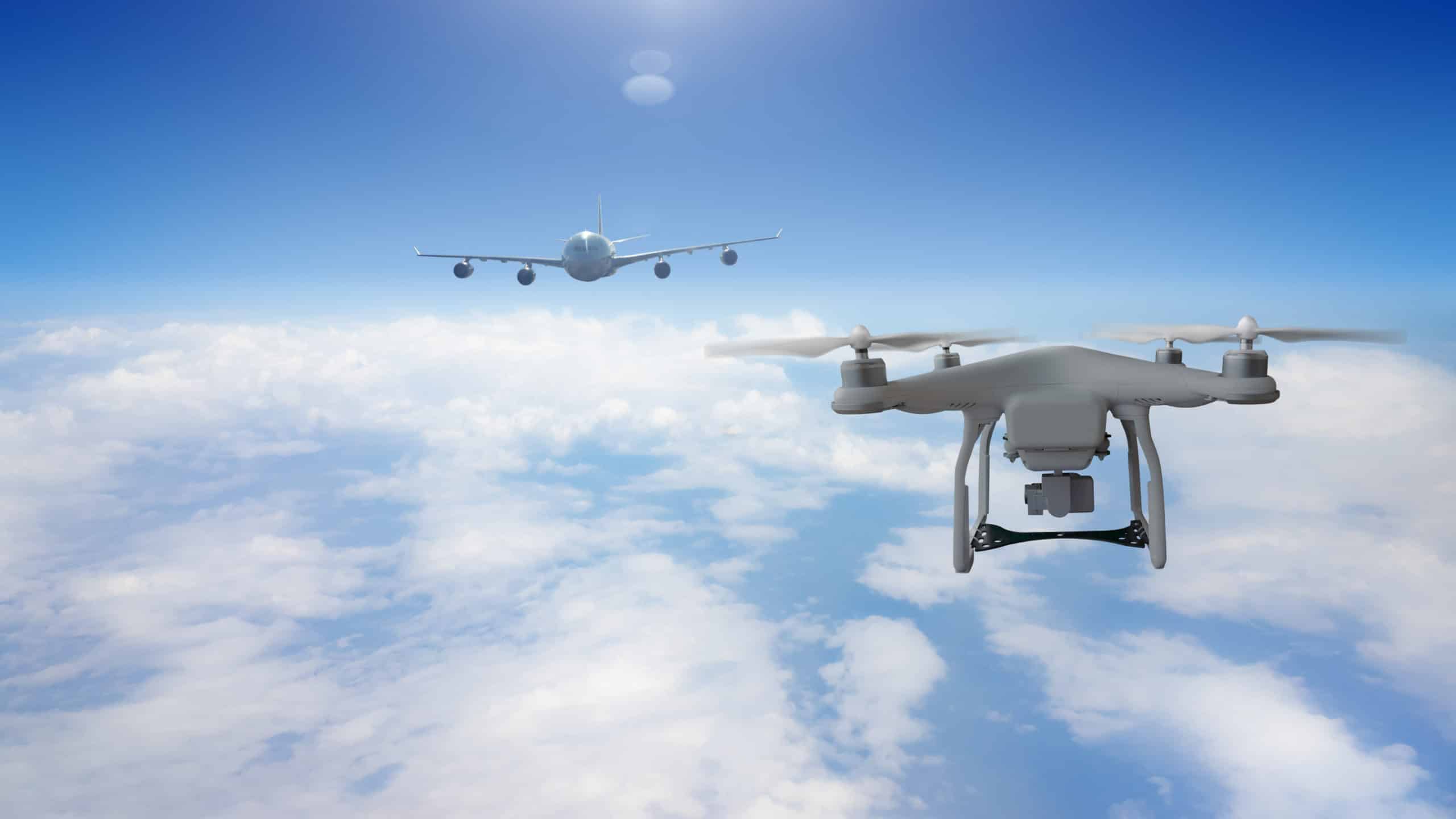Sky elements drones are revolutionizing how we interact with and understand our atmosphere. These unmanned aerial vehicles (UAVs), equipped with specialized sensors and navigational systems, are transforming various industries by collecting crucial data from the sky. From monitoring weather patterns and conducting atmospheric research to aiding in disaster relief and environmental conservation, sky elements drones offer unprecedented capabilities and insights.
Sky elements drones are revolutionizing aerial displays, offering breathtaking visuals. To see a truly stunning example, check out the incredible light show at the Niagara Falls drone show , a prime example of what’s possible with advanced drone technology. The precision and scale of these displays showcase the potential of sky elements drones for entertainment and beyond.
This exploration delves into the technological advancements, applications, safety considerations, and future potential of these remarkable devices. We’ll examine the diverse range of sensors used, the data analysis techniques employed, and the regulatory landscape governing their operation. Prepare to be amazed by the possibilities and challenges inherent in utilizing drones to unlock the secrets of the sky.
Sky Element Drone Applications
Sky element drones, equipped with advanced sensors and navigation systems, are revolutionizing various industries by providing unprecedented access to atmospheric data. Their applications range from scientific research to disaster relief, offering valuable insights and operational advantages.
Current and Potential Applications of Sky Element Drones
The following table Artikels a range of applications, highlighting the benefits and challenges associated with each.
| Application | Industry | Benefits | Challenges |
|---|---|---|---|
| Atmospheric Research | Meteorology, Climate Science | Real-time data collection, improved accuracy, wider geographical coverage | High altitudes, extreme weather conditions, data transmission limitations |
| Precision Agriculture | Farming | Optimized irrigation, targeted fertilization, crop health monitoring | Battery life, regulatory compliance, data processing capacity |
| Disaster Relief | Emergency Services | Rapid assessment of damage, search and rescue operations, delivery of supplies | Unpredictable weather, communication disruptions, safety of operators |
| Air Quality Monitoring | Environmental Protection | Real-time pollution tracking, identification of pollution sources, improved public health monitoring | Sensor calibration, data accuracy, regulatory requirements |
| Weather Forecasting | Meteorology | Improved prediction accuracy, real-time weather updates, enhanced safety for aviation and maritime industries | Data processing, integration with existing weather models, cost-effectiveness |
Atmospheric Research Using Drones
Drones are increasingly used in atmospheric research, collecting data on temperature, humidity, wind speed, pressure, and atmospheric composition. For example, drones equipped with lidar can create 3D maps of atmospheric aerosols, providing crucial information for air quality studies. Similarly, drones carrying sensors measuring greenhouse gases can provide localized measurements with higher spatial resolution than traditional methods, aiding climate change research.
These drones can reach remote or hazardous locations, making them invaluable for research.
Sky elements drones are becoming increasingly popular, but safety remains paramount. A recent incident highlighted this, as you can see from this news report about a drone crash in Paris , which underscores the importance of responsible drone operation. Understanding factors like weather and air traffic is key to safe and successful Sky elements drone flights. Always prioritize safety when flying.
Hypothetical Disaster Relief Scenario

Imagine a scenario where a major hurricane strikes a coastal region. Sky element drones, equipped with thermal cameras and high-resolution cameras, are deployed to assess the extent of damage to infrastructure and identify survivors trapped in debris. Simultaneously, other drones deliver essential supplies such as water, food, and medical kits to affected areas, navigating around obstacles using advanced GPS and obstacle avoidance systems.
The data collected by these drones helps coordinate rescue efforts and provide crucial information for post-disaster recovery planning.
Technological Components and Design
The successful operation of sky element drones relies on a sophisticated integration of various technological components, robust design, and the ability to withstand harsh atmospheric conditions.
Essential Technological Components
- Sensors: Temperature, humidity, pressure, wind speed sensors, GPS, cameras (high-resolution, thermal), lidar, gas sensors.
- Navigation Systems: Advanced GPS, inertial measurement units (IMUs), obstacle avoidance systems, autonomous flight control systems.
- Power Sources: High-capacity batteries, potentially solar panels for extended flight times.
- Communication Systems: Real-time data transmission systems (e.g., 4G/5G, satellite communication).
- Data Storage: Onboard data storage with sufficient capacity to store large amounts of data.
Drone Designs for Various Atmospheric Conditions
Different drone designs are optimized for various atmospheric conditions. The table below compares three examples.
| Drone Design | Optimized for | Key Features | Limitations |
|---|---|---|---|
| High-Altitude Long-Endurance (HALE) Drone | High altitude, long-duration flights | Lightweight materials, efficient propulsion systems, solar panels | Vulnerability to strong winds, limited payload capacity |
| Fixed-Wing Drone | Long-range flights, stable platform | Aerodynamic design, efficient propulsion system | Less maneuverable than multirotor drones, requires runways for takeoff/landing |
| Multirotor Drone | Maneuverability, precise hovering | Multiple rotors, versatile payload capacity | Shorter flight time compared to fixed-wing drones, less stable in strong winds |
Engineering Challenges in Sky Element Drone Design
Designing drones for diverse sky elements presents several significant engineering challenges. Wind resistance necessitates robust airframes and advanced control systems. Extreme temperatures can affect battery performance and sensor accuracy, requiring specialized materials and thermal management solutions. Ice accretion on sensors and airframes at high altitudes can also be a major challenge.
Data Acquisition and Analysis Methods
Efficient data acquisition and robust analysis techniques are crucial for maximizing the value of sky element drone missions. This involves careful selection of sensors, appropriate data processing methods, and the use of specialized software.
Data Acquisition Methods
Data acquisition involves a range of sensors, each with specific capabilities. Temperature and humidity are measured using dedicated sensors; wind speed and direction are obtained using anemometers; pressure is measured using barometers; and atmospheric composition is analyzed using gas sensors or spectrometers. High-resolution cameras provide visual data, while lidar systems create detailed 3D maps of atmospheric structures. The type of sensor chosen depends on the specific research questions or operational goals.
Data Processing and Analysis Techniques
Data processing involves cleaning, calibrating, and formatting the raw data from various sensors. This often involves removing outliers and correcting for sensor drift. Specialized software packages and algorithms are used for data analysis, depending on the type of data and research questions. For example, statistical analysis might be used to identify trends in weather patterns, while machine learning algorithms could be used to classify different types of clouds or atmospheric phenomena.
GIS software is often employed to visualize the spatial distribution of data collected.
Sky elements drones are usually pretty reliable, offering spectacular light shows. However, even the best tech can have glitches, as highlighted by the recent orlando drone show malfunction ; it serves as a reminder of the complexities involved in coordinating large-scale drone displays. Understanding these potential issues helps improve safety protocols and ultimately enhances the overall sky elements drone experience.
Data Acquisition, Processing, and Analysis Workflow

A typical workflow might be visualized as follows: The drone mission is planned and executed; raw data is collected by various sensors onboard the drone; data is transmitted to a ground station for processing; data is cleaned, calibrated, and formatted; data is analyzed using appropriate software and algorithms; results are visualized and interpreted; and finally, the results are reported and disseminated.
This workflow could be represented by a flowchart, showing the sequential steps involved, with feedback loops for iterative refinement and quality control.
Safety and Regulatory Aspects
Operating sky element drones, especially in challenging atmospheric conditions, presents significant safety concerns and necessitates adherence to strict regulatory frameworks.
Safety Concerns
- Adverse weather conditions: Strong winds, rain, snow, and ice can severely impact drone operation and safety.
- Loss of communication: Interruptions in communication links can lead to loss of control and potential crashes.
- Battery failure: Unexpected battery failure can result in a sudden loss of altitude and potential damage.
- Sensor malfunctions: Faulty sensors can provide inaccurate data, leading to operational errors.
- Collisions with obstacles: Drones may collide with birds, buildings, or other aircraft.
Regulatory Frameworks, Sky elements drones

The use of drones is governed by a complex set of regulations, varying by country and region. These regulations typically address airspace restrictions, operational permits, pilot licensing, and data privacy. Environmental regulations may also apply, particularly regarding the impact of drone operations on wildlife and ecosystems. Staying updated on these regulations is crucial for responsible drone operation.
Best Practices for Safe and Responsible Operation
Risk mitigation strategies are essential for safe and responsible drone operation. This includes thorough pre-flight checks, careful flight planning, adherence to regulatory requirements, and the use of redundant systems to minimize the risk of failure. Regular maintenance and calibration of equipment are also critical. Operator training and competency are paramount to ensure safe and effective operations.
Future Trends and Developments
The field of sky element drones is rapidly evolving, driven by advancements in technology and the increasing demand for atmospheric data across various sectors.
Emerging Technologies
Artificial intelligence (AI) is poised to significantly enhance the capabilities of sky element drones, enabling autonomous flight, improved data analysis, and enhanced decision-making. Advancements in materials science are leading to the development of lighter, stronger, and more durable drones capable of withstanding extreme conditions. Miniaturization of sensors is making it possible to integrate more sensors onto smaller drones, increasing their data-gathering capabilities.
Improved battery technology will extend flight times and operational range.
Impact on Industries
Sky element drones are expected to play an increasingly important role in various industries in the coming years. In meteorology, they will provide higher-resolution weather data, leading to more accurate forecasts. In agriculture, they will enable precision farming techniques, maximizing yields while minimizing environmental impact. In environmental monitoring, they will improve our understanding of air and water quality, aiding pollution control efforts.
In disaster relief, they will enhance the speed and efficiency of rescue and recovery operations.
Projected Growth and Development
A visual representation of the projected growth and development of sky element drone technology over the next decade would show an exponential increase in the number of drones deployed, alongside improvements in their capabilities, including flight time, payload capacity, sensor accuracy, and autonomous flight capabilities. This growth would be driven by technological advancements, increasing demand for atmospheric data, and the development of new applications across various industries.
The visual could depict a steep upward curve, representing the anticipated growth, with milestones marking key technological breakthroughs and expansions into new application areas.
Last Word: Sky Elements Drones
Sky elements drones represent a significant leap forward in our ability to monitor and interact with the atmosphere. Their applications span numerous fields, offering valuable data for research, disaster response, and environmental management. While challenges remain in terms of technology, regulation, and safety, the potential benefits are immense. As technology continues to evolve, we can expect even more innovative applications and a deeper understanding of our planet’s atmospheric dynamics thanks to these airborne explorers.
Common Queries
How long can a sky element drone typically fly?
Flight time varies greatly depending on the drone’s size, battery capacity, and payload. Smaller drones might fly for 20-30 minutes, while larger ones could achieve several hours.
What are the limitations of sky element drones?
Limitations include battery life, weather conditions (strong winds, rain, etc.), range limitations, regulatory restrictions on airspace, and potential sensor malfunctions.
What kind of data can these drones collect?
Data collected can include temperature, humidity, pressure, wind speed and direction, air quality, radiation levels, and even visual imagery.
Are sky element drones expensive?
The cost varies significantly based on the drone’s capabilities and features. Simple models might cost a few hundred dollars, while highly specialized research drones can cost tens of thousands.